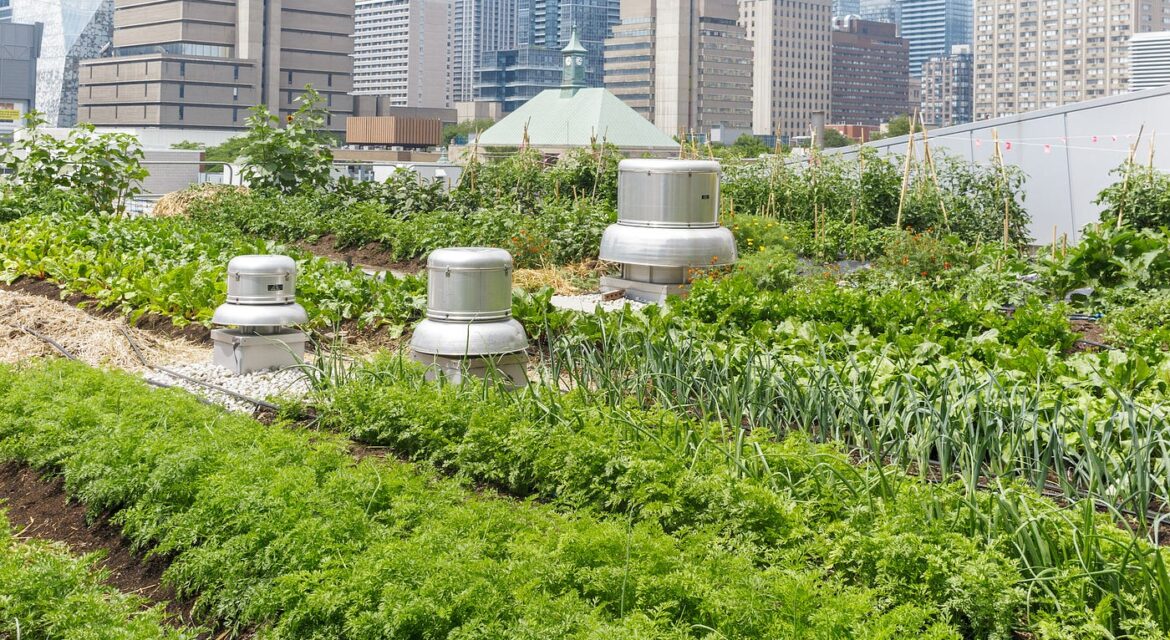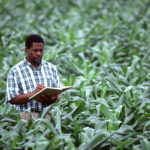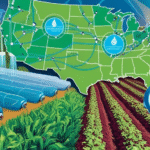As urban populations continue to expand, the question of how cities can sustainably feed their people has become more pressing than ever. The answer may lie in bringing food production back to where most people live — our cities.
Urban agriculture is redefining how we think about farming. From rooftop gardens and vertical farms to hydroponic systems and community greenhouses, cities around the world are turning unused spaces into productive farmland. This movement not only reduces the distance food travels but also lowers carbon emissions and strengthens local economies.
Bringing food production back to cities offers numerous benefits. Fresh produce can reach consumers faster, ensuring higher nutritional value and less waste. It creates green jobs, enhances food security, and reconnects urban dwellers with the process of growing food. Moreover, it transforms concrete jungles into greener, healthier environments, improving air quality and community wellbeing.
However, for this transformation to take root, supportive policies, public awareness, and investment in innovative technologies are essential. Governments, private investors, and citizens must work together to make urban farming a viable and profitable venture.
The future of food is not far away in rural fields — it’s right here in our cities. By bringing food production closer to home, we can build more resilient, sustainable, and self-sufficient urban communities.






Ajayi Ahmed
A brilliant perspective on the future of sustainable living by AMISEC! 🌱 Bringing food production back to cities isn’t just about farming — it’s about rethinking how we feed, employ, and empower urban communities. With the right technology and partnerships, urban agriculture can transform our cities into greener, healthier, and more self-sufficient spaces. The future of food truly begins at home.